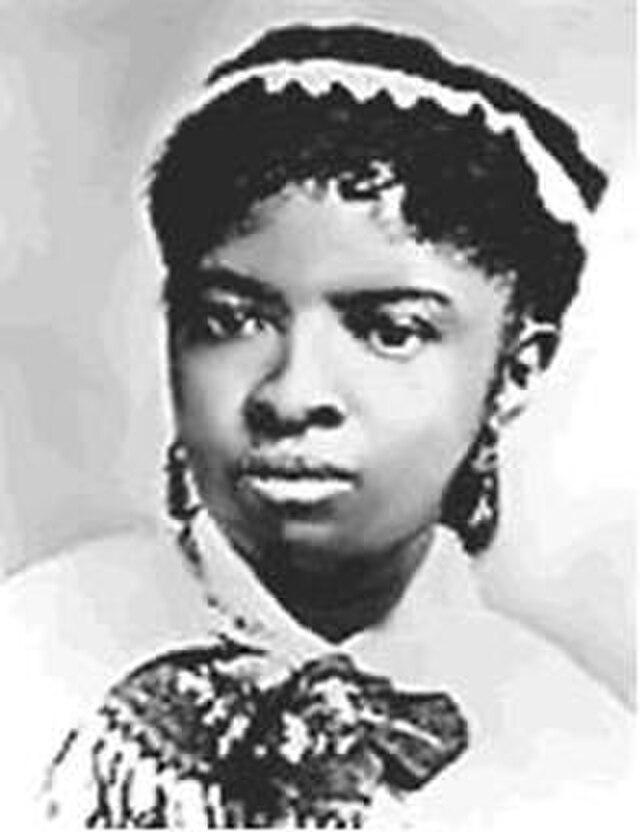In the current digital era, advertising is crucial to forming our views and affecting customer behavior. However, how certain racial and ethnic groups are portrayed on our screens has been a problem to many.
In this piece, we’ll define black overrepresentation, discuss how it affects society, and emphasize the value of inclusive and diverse advertising.
Become an insider. Subscribe to our newsletter for more top trending stories like this!
What is Black Over Representation?
Black over representation in advertising describes the excessive or exaggerated portrayal of black people in commercials. It happens when there’s an overwhelming emphasis on presenting black models, actresses, or public personalities, frequently resulting in stereotypes or tokenism. Black overrepresentation can have unforeseen repercussions, despite the great aim of demonstrating diversity and inclusion.
Join our Spotcovery Global Black Community Facebook Group for early access to exclusive content and to share in a lively discussion.
Now that you have an idea of what Black over representation is, let’s talk about the background of this problem.
The Historical Context
To comprehend the overrepresentation of black people in advertising, the historical setting must be considered. Black people have historically been underrepresented or inaccurately portrayed in popular culture and advertising.
The dedication and commitment of civil rights movement has increased representation. Yet, to restore equilibrium while occasionally leading to an overcorrection, black over representation evolved in response to historical marginalization.
The Impact on Society
Black people can be overrepresented in both positive and negative ways. Positively, it could support the promotion of an inclusive society and the dismantling of stereotypes. This helps black people to come to limelight and influence others and encourage sense of belonging.
Nonetheless, it’s important to recognize the drawbacks of black overrepresentation. Stereotypes can be reinforced, and irrational expectations might be set if a single racial or ethnic group is given too much attention. The idea that black people are exclusively appreciated for their outward appearance or particular cultural qualities rather than their uniqueness or talents can be perpetuated.
The Importance of Inclusive Advertising
Inclusive advertising tries to reflect a variety of races, ethnicities, genders, and abilities in addition to the over-representation of black people. It acknowledges that representation matters and that marketing has the ability to alter customer views and social norms.
People Also Read: What Does it Mean to Buy Black?
Strategies for Promoting Diversity in Advertising
To promote diversity in advertising, several strategies can be implemented:
- Market Research and Consumer Insights
Understanding the preferences, wants, and goals of the target audience requires thorough market research and consumer insights. This information can help advertisers create relatable campaigns that target the right audiences.
- Collaboration with Diverse Talent
Advertisers and marketing stakeholders should work with different talents such as black actors, models, and content creators. This assures accurate portrayal and pave way for underrepresented.
- Authentic Storytelling
Telling varied stories that accurately reflect the experiences and viewpoints of black people is a crucial component of authentic storytelling. It transcends racial borders, humanizes the company, and cultivates empathy in a larger audience.
- Intersectionality
Advertising must take into account how identities overlap. Black people aren’t homogeneous. They have different experiences that are influenced by certain facets. Advertisers can develop more complex and inclusive ads by acknowledging and illustrating these intersections.
Become an insider. Subscribe to our newsletter for more top trending stories like this!
- Inclusive Casting and Representation
Using inclusive casting techniques guarantees that various people are portrayed in advertising. To demonstrate the genuine diversity within the community, black people of different ages, body shapes, and skills are included.
Now let’s look at some examples of diversity in advertisements.
Examples of Effective Diversity in Advertising Campaigns
Numerous companies and advertisers have run profitable campaigns that are inclusive and varied. The Coca-Cola “Share a Coke” advertising campaign is one prominent illustration. The ad used personalized labels with various names, including popular black names, to celebrate diversity and individuality.
Another illustration is the Dove “Real Beauty” campaign, which questioned conventional beauty standards by showcasing the beauty of women of all origins, including black women.
Challenges and Roadblocks
There has been progress, but obstacles hinder establishing true diversity and inclusion in advertising. Common difficulties include:
- Resistance to change from within the industry
- Limited representation behind the scenes (creative directors, producers, etc.)
- Stereotyping and tokenism disguised as diversity
- Lack of resources or budget allocated to diverse campaigns
The Role of Consumers in Driving Change
Customers are a key factor in changing how advertising is done. Customers make it obvious that representation matters by actively supporting companies that place a high priority on diversity and inclusion. Social media platforms offer customers a potent tool for opening up, holding companies responsible, and amplifying various viewpoints.
The Role of Brands and Advertisers in Creating Inclusive Advertising
Brands and advertisers need to develop inclusive advertising that accurately portrays the diversity of their target market. To achieve this goal, they need to invest in divers talent and review campaigns to abide by the standard.
Black overrepresentation in advertising is a complicated problem that needs careful analysis. Achieving diversity is a global goal we should continue to pursue but we need to fight stereotypes as well.
Positive social change, the dismantling of prejudices, and the promotion of a more inclusive and equitable future can all be achieved through inclusive advertising that accurately reflects the diversity of society.
People also read: 7 Best Email Marketing Tools For Small Black Businesses On a Budget
Nearly 80% of consumers visit directories with reviews to find a local business. List your business for free in our exclusive Spotcovery Black-Owned Business Directory.
Spotcovery offers unique and fresh daily content on Black culture, lifestyle, and experiences. We talk about everything black, black people, black-owned and black-owned businesses. We also deliver authentic and relevant content that will inform, inspire and empower you! The future of black media is critical to today’s black experience! Our primary audience includes African American, African, Afro-Caribbean, and people of African heritage. Black culture is for the culture!
Become an insider. Subscribe to our newsletter for more top trending stories like this!





